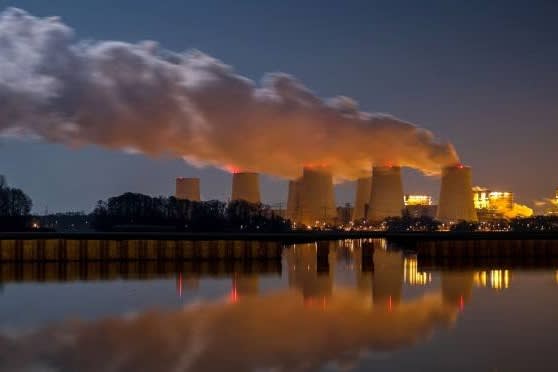Hole in the ozone layer widens as recovery remains in the distance
Receive free Environment updates
We’ll send you a myFT Daily Digest email rounding up the latest Environment news every morning.

The hole in the ozone layer this year widened to among the largest on record, a sign that its recovery will be halting and slow, according to data from Copernicus, the EU observation programme.
The hole in the layer above Antarctica stretched over an area of just above 24m square kilometres in September, rivalling the 27m sq km recorded in 2006. At its maximum, the measure of the hole in 2020 was just under 24m sq km.
The measure this year was “within 25 per cent of the largest” ever recorded, said Vincent-Henri Peuch, director of the Copernicus Atmosphere Monitoring Service. That did not mean that the ozone layer’s recovery “is under threat. It just means it takes time.”
A full recovery could be made within 50 years, he added.
The earth’s ozone layer shields the earth from harmful ultraviolet rays, but has been damaged by chlorofluorocarbons (CFCs) — long-living and powerful pollutants, often contained in aerosols and refrigerants, that were banned globally in the late 1980s.

Each year, a hole forms in the stratosphere’s ozone layer during the southern hemisphere spring season, when sunlight triggers the destruction of ozone by catalysts originating from man-made chemicals, principally CFCs.
These catalysts, consisting of compounds containing chlorine or bromine, appear on polar stratospheric clouds that form at the very low temperatures inside the polar vortex during the winter night.
While these catalysts are inactive in the darkness, they rapidly destroy ozone as the sun reaches the polar region.
The volume of CFCs in the stratosphere does not vary much from year to year but has started to decrease, according to Copernicus, as a result of the Montreal Protocol struck in 1987 to ban their use from the start of 1989.
Natural variability also plays a role in the size of the ozone layer: lower temperatures mean more polar stratospheric clouds and a stronger vortex, which is likely to result in a larger hole.
Conversely, sudden stratospheric warming and an unstable polar vortex can mean that the ozone depleting chemicals are mixed with air from outside the vortex, which reduces their destructive effect. That occurred in 2019, when the ozone hole was significantly smaller.
“It takes a very long time for the atmosphere to clean itself,” said Peuch. But as the volume of depleting substances lessened, the hole in the ozone layer would get smaller “regardless of variability from one year to another”.
The large holes recorded in the past two years “are not challenging our understanding of the ozone recovery process”, Peuch added.
Climate Capital

Where climate change meets business, markets and politics. Explore the FT’s coverage here.
Are you curious about the FT’s environmental sustainability commitments? Find out more about our science-based targets here